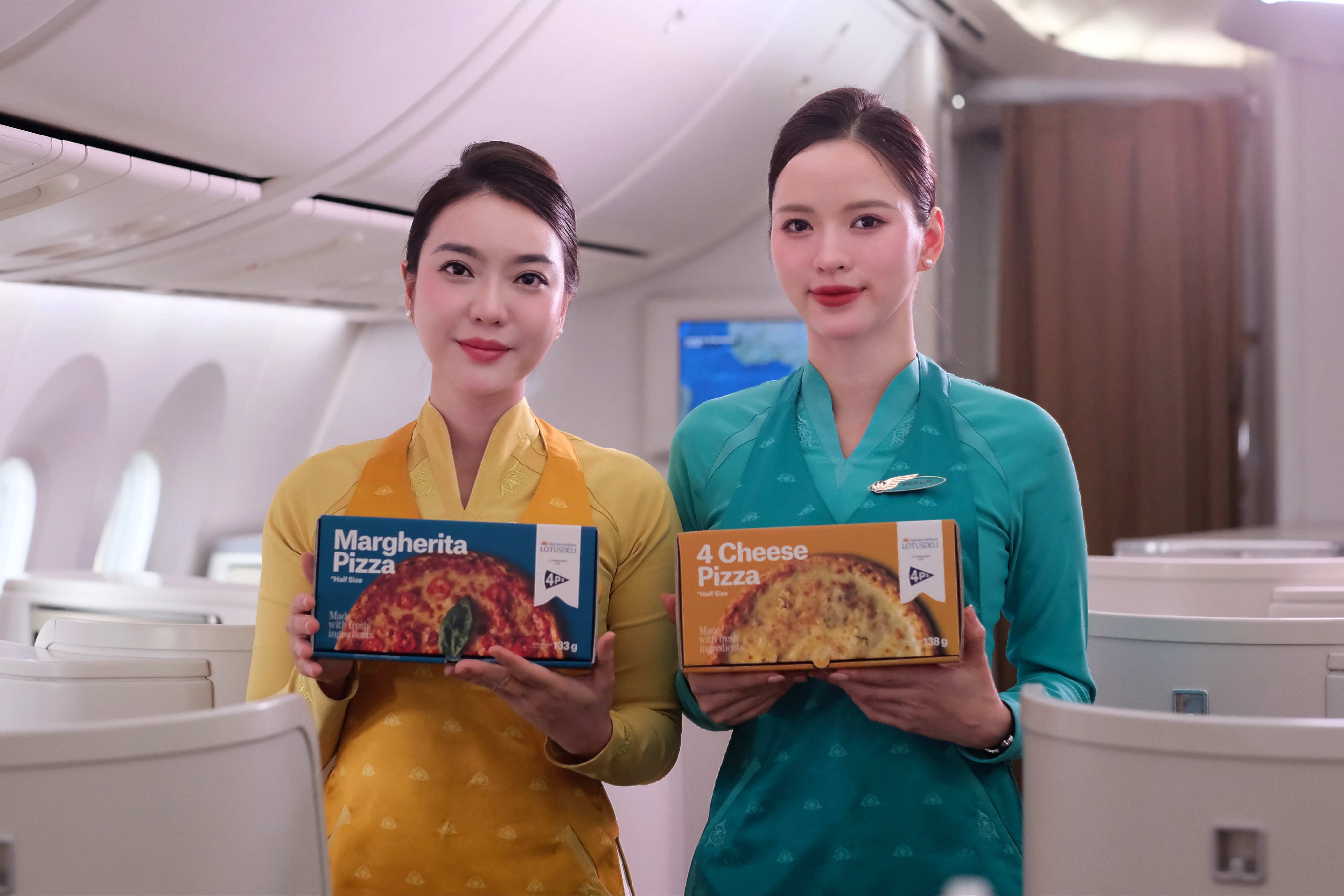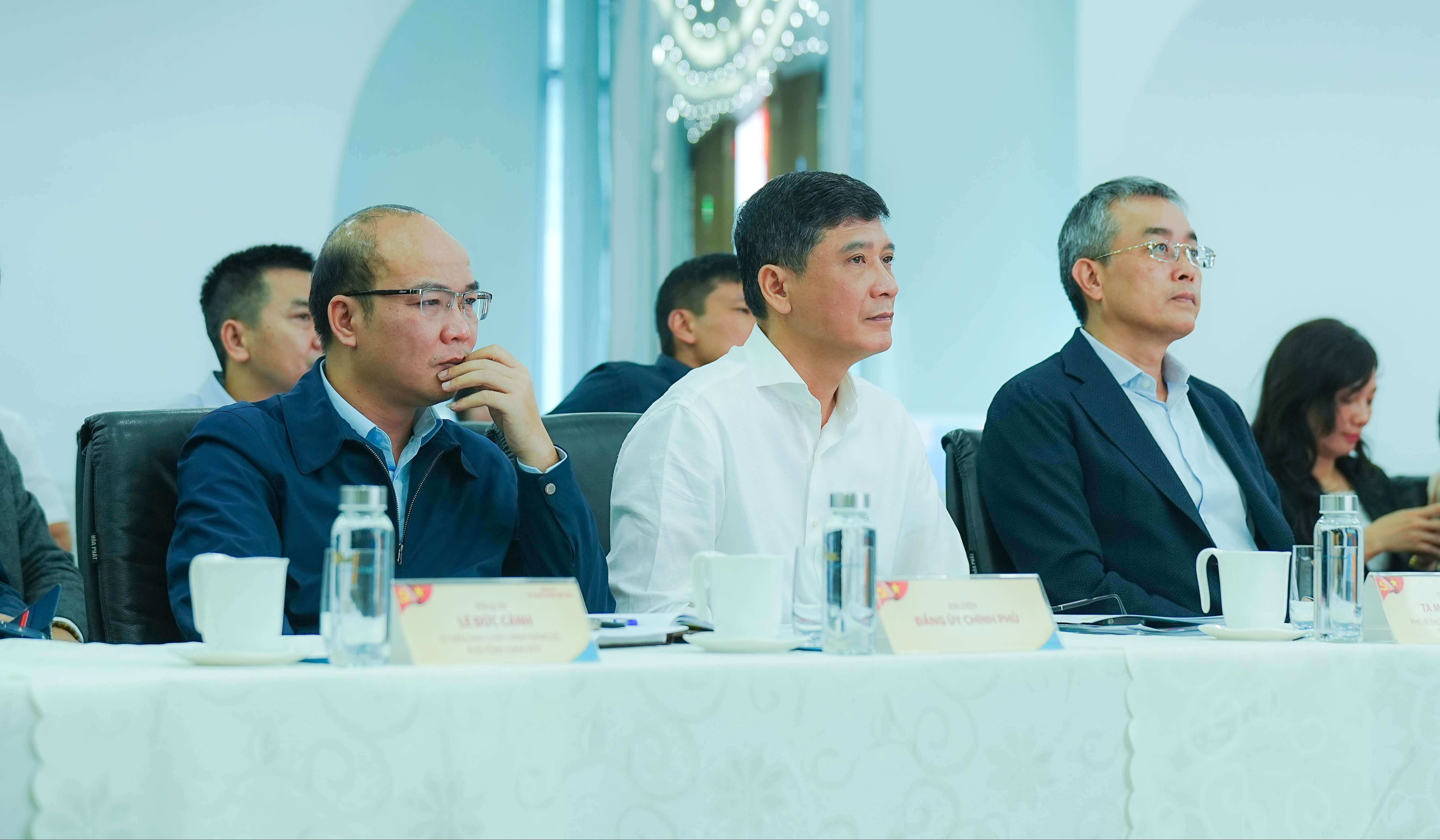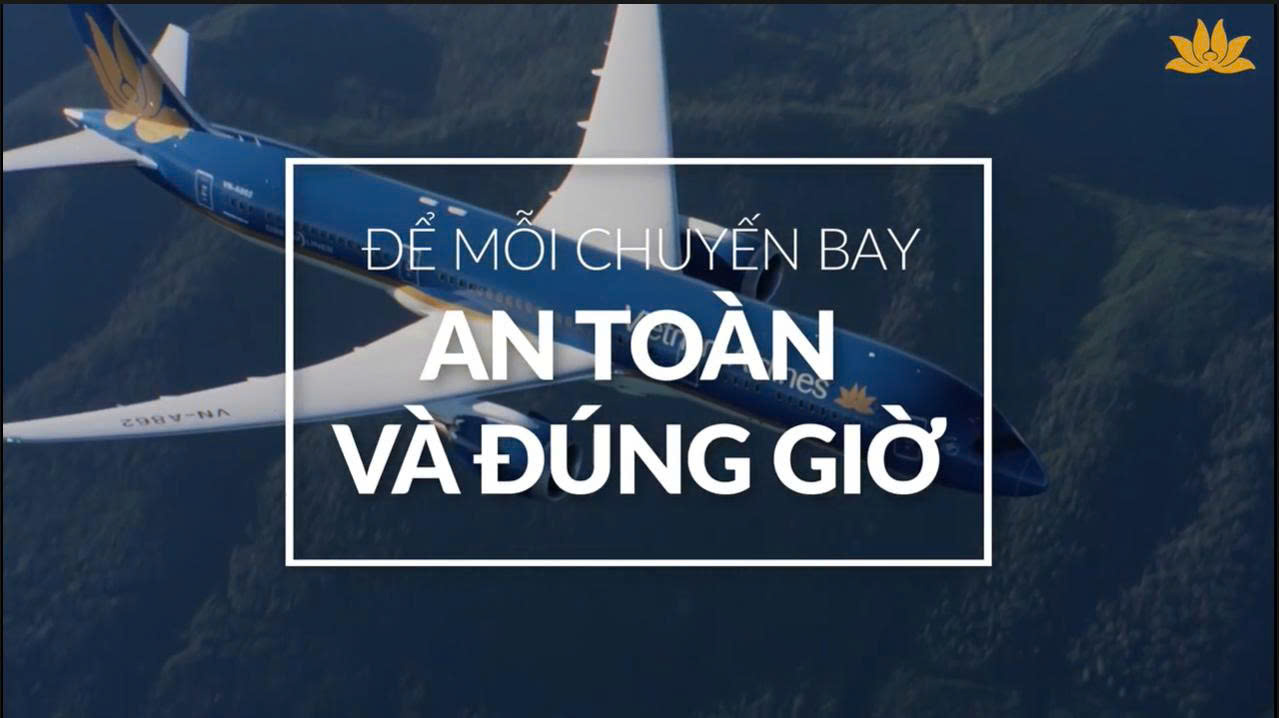Even before that, Japan Airlines (JAL) was to its nation what Singapore Airlines has been for the Republic: Flagship carrier and emblem of good service.
But then it became a textbook example of what could go wrong in an airline.
When JAL was state-owned and insulated from real-world pressures by its government overseers, it had picked up some bad habits. After privatisation, it lacked the instinct for survival in the open market and the experience required to handle sudden turbulence.
Lurching from one self-inflicted problem to another, and then rocked by a string of global events, it took a nosedive less than a decade ago with debts of ¥2.32 trillion (S$28 billion), more than 100 times its valuation.
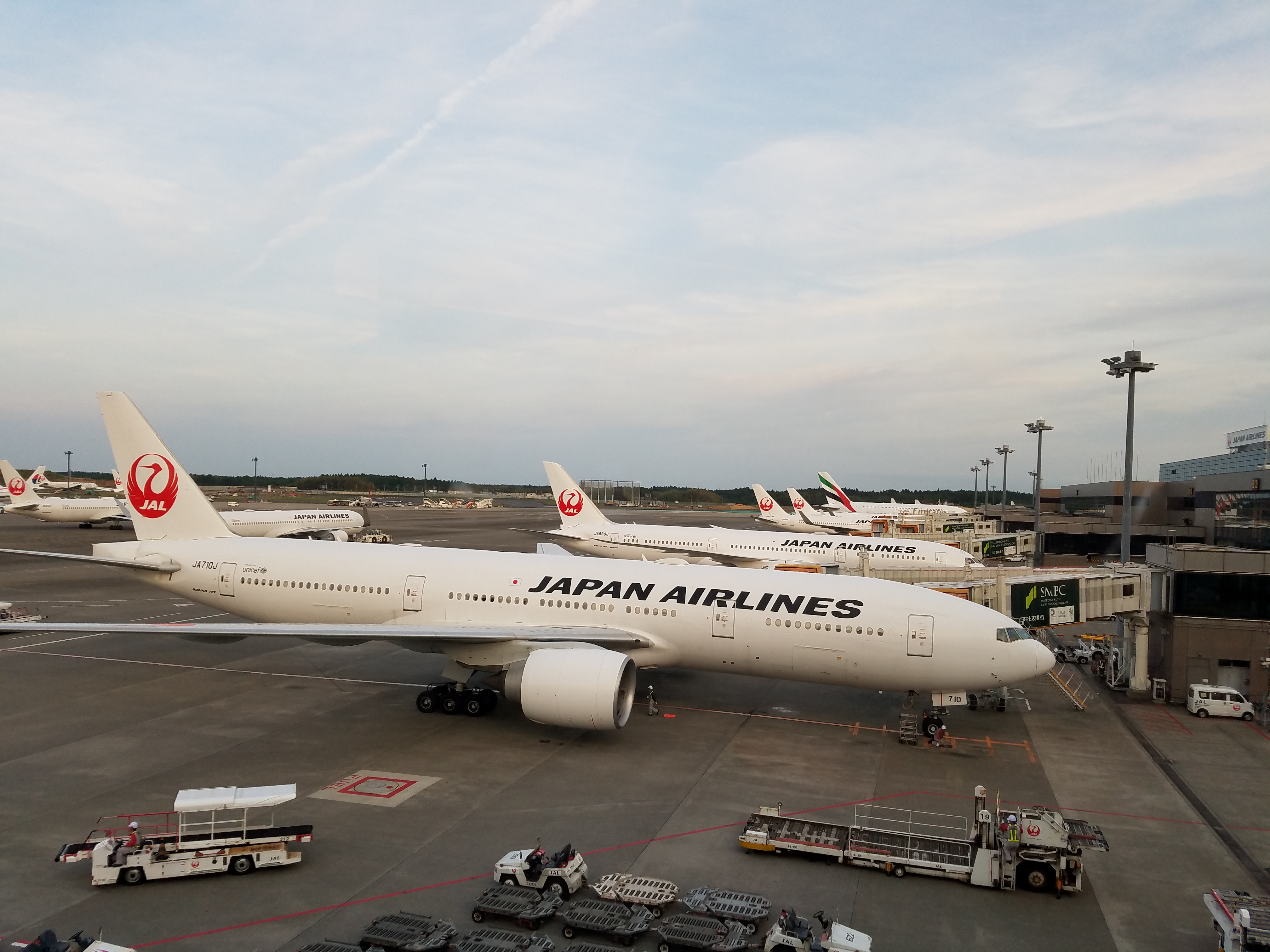 The company grounded more than 100 jets and trimmed almost 50 loss-making routes after it filed for bankruptcy protection.
The company grounded more than 100 jets and trimmed almost 50 loss-making routes after it filed for bankruptcy protection.
Its bankruptcy in 2010 was the largest in Japan outside the financial industry. Its saviour was 77-year-old retiree and ordained Buddhist monk Kazuo Inamori, who became its chief executive officer and chairman with no previous experience in the aviation industry.
Divine intervention or otherwise, he performed a miracle in making JAL the world’s most profitable airline within two years.
The story of one of the biggest corporate turnarounds in Japan’s history is told in Inside the Storm, a series about how major companies are run in high-pressure situations and how they adapt in times of crisis to compete better.
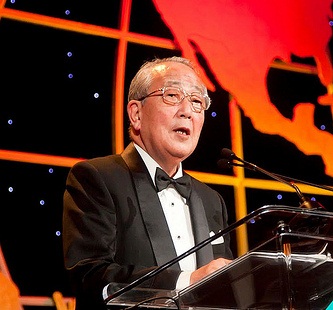
Mr Kazuo Inamori.
FROM INVESTMENTS TO DEBTS
Mr Hiroshi Sugie, a former JAL pilot of almost 40 years, remembers when things began to go wrong – when the management’s ambitious expansion plans and investments outside aviation changed the course of the airline at the height of its success.
The board invested heavily in hotels, for example, and one in the mid-1980s came into his mind: The Essex House, a Manhattan hotel JAL acquired for US$190 million (S$260 million) before spending as much as US$100 million on renovations.
“They bought a famous hotel in New York. It was incredibly expensive. Even if it was fully booked for the next 30 years, it would’ve been unprofitable,” said Mr Sugie.
The carrier’s growing portfolio of properties came just before Japan’s economy was about to wobble and leave JAL overexposed.
In 1992, it made a loss of ¥53.8 billion, the first time the company was in the red since its full privatisation in 1987.
That was also the first of seven years of losses, a period when JAL had to slash its workforce and sell some assets, including the Essex House eventually – for an undisclosed sum – to undo the overspending of the 1980s.
But diversification into businesses beyond its core competency was only the first of its problems.
 The renovations carried out on Essex House were extensive.
The renovations carried out on Essex House were extensive.
A series of global disasters soon made life for the airline more difficult: In 2001, the Sept 11 attacks; and in 2003, the Iraq war and the outbreak of Severe Acute Respiratory Syndrome (Sars).
As passenger numbers kept collapsing, the tiny profit margins JAL was then operating on were wiped out.
Mr Hiroyuki Kobayashi, who was a JAL pilot for 42 years, said the Sars crisis in particular “posed a big challenge for the management, which subsequently led to various cost-cutting measures such as less marketing expenditure”.
The board’s other response was to take a ¥90 billion loan from the government-owned Development Bank of Japan, on top of a loan it received after the Sept 11 attacks, putting JAL’s debts at more than ¥240 billion.

During the Sars outbreak in Japan.
INEFFICIENCIES TO THE FORE
Amid the external shocks, the airline got into another set of challenges as it tried to generate more revenue in the domestic market, where All Nippon Airways had long been the dominant carrier.
In a merger deal in 2002, JAL bought the country’s third major carrier, Japan Air System, which flew mainly local short-haul routes.
But the board did not realise they were bringing in further inefficiencies and costs because of the different types of planes the acquired airline was flying, such as McDonnell Douglas and Airbus.
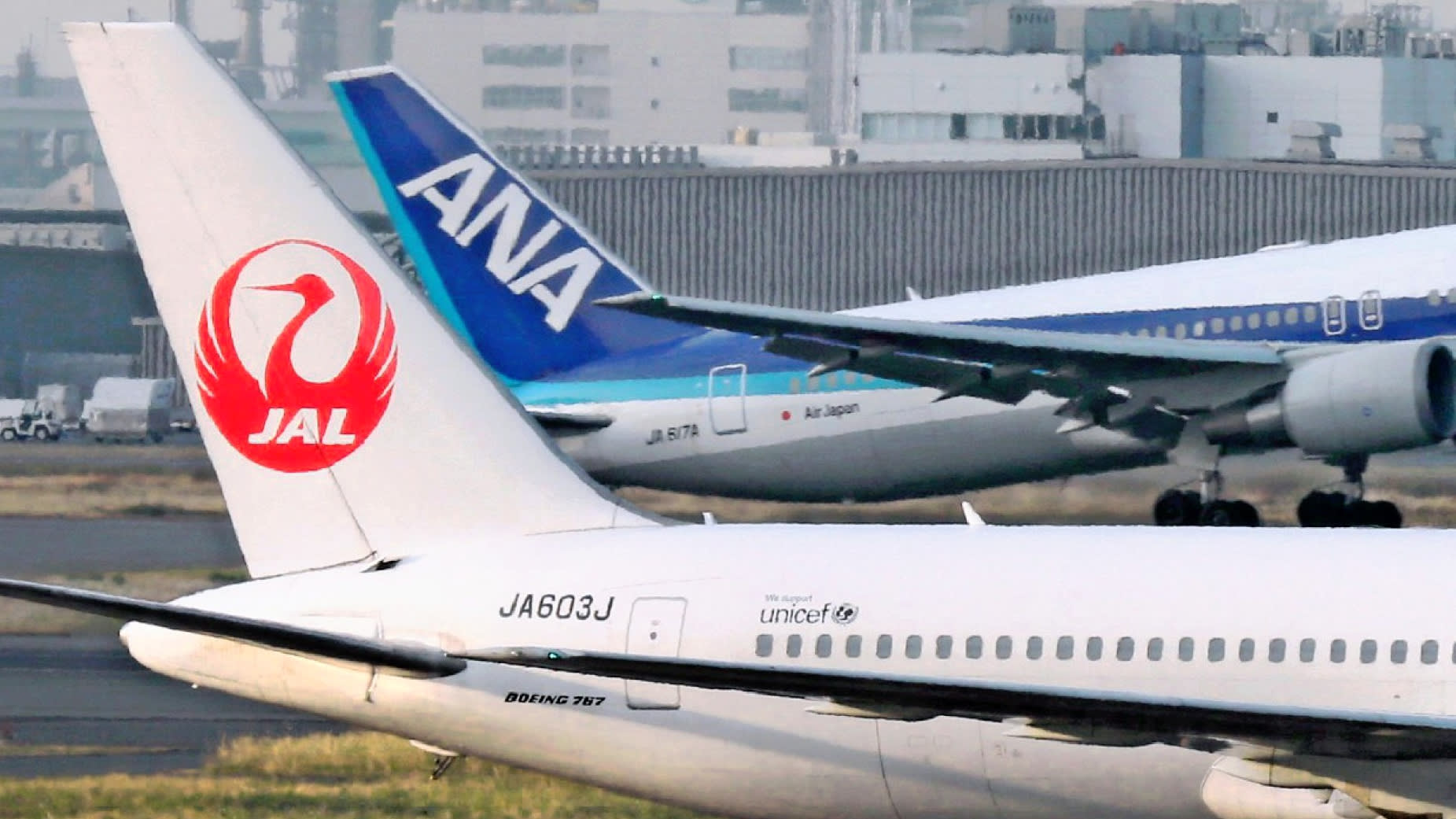 All Nippon Airways had 50 per cent of the domestic market at the time of JAL's acquisition.
All Nippon Airways had 50 per cent of the domestic market at the time of JAL's acquisition.
“All of a sudden you have multiple plane makers. That means you have to have multiple spare parts (and) multiple crews,” said Singapore Management University (SMU) marketing professor Philip Zerrillo, who has used JAL as a case study for his students.
“In Japan, you weren't allowed to have your crews be multiple-aircraft rated … So the ability to convert to smaller planes or shift crews between planes – all of that stuff was off the table.”
Japan’s aviation rules, however, were not the only reason the airline was not coming up with solutions to its rising cost structure. Its big planes, namely its 747s, also did not fit the routes, he added.
The start-up airlines were able to fly at full capacity with smaller planes and crews, less fuel and lower overheads, while JAL was flying with many empty seats..
What the company tried to do, however, was borrow its way out of trouble.
“It always thought the government would have its back,” said aviation enthusiast Keishi Nukina, who has followed JAL over the years. “And it would spend money left and right.”
But then came the global financial crisis. And in 2009, JAL had to ask for another emergency loan, totalling 100 billion yen. This fourth bailout shook the confidence of customers and its own workforce. “People were unhappy,” said Mr Kobayashi.
“
There was a sense of insecurity, and failure seemed inevitable"
This time, everyone could see “how inefficient the airline really was”, said Professor Jochen Wirtz, the Vice Dean (Graduate Studies) of the National University of Singapore Business School.
“There was a lot of bureaucracy (and) complacency, very slow decision-making and not really the guts and the energy to make deep-seated changes to the airline.”
‘A DIFFERENT KIND OF LEADER’
The mindset with which the management approached costs and profitability was so shocking that the man chosen to save the company declared: “If they didn’t change their way of thinking, JAL’s managers wouldn’t even be able to manage a grocery store.”
Mr Inamori, the founder of ceramics and electronics giant Kyocera, took charge after the airline had filed for bankruptcy protection under a restructuring put in place by a government-appointed committee.
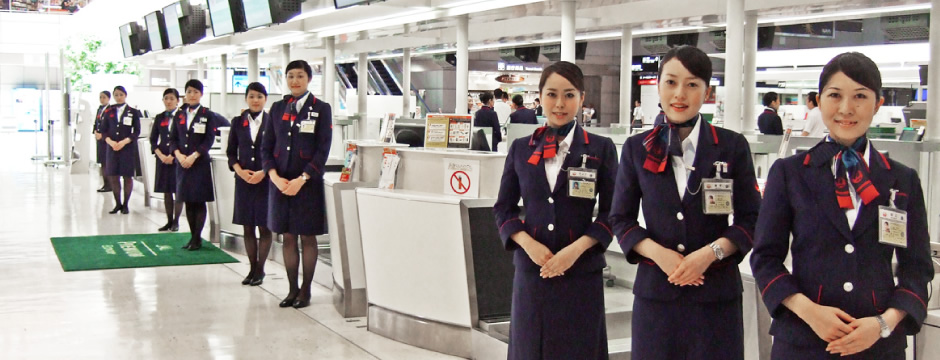
JAL was to slash 15,700 jobs – nearly a third of its payroll.
JAL was to slash 15,700 jobs – nearly a third of its payroll – cut salaries by up to 30 per cent, get one last bailout of ¥900 billion and have some of its debts forgiven.
Throwing good money after bad, however, was never going to be enough without someone to change the culture for the company to grow again.
And the reorganisation trustee, the Enterprise Turnaround Initiative Corporation of Japan (Etic), found its man in Mr Inamori.
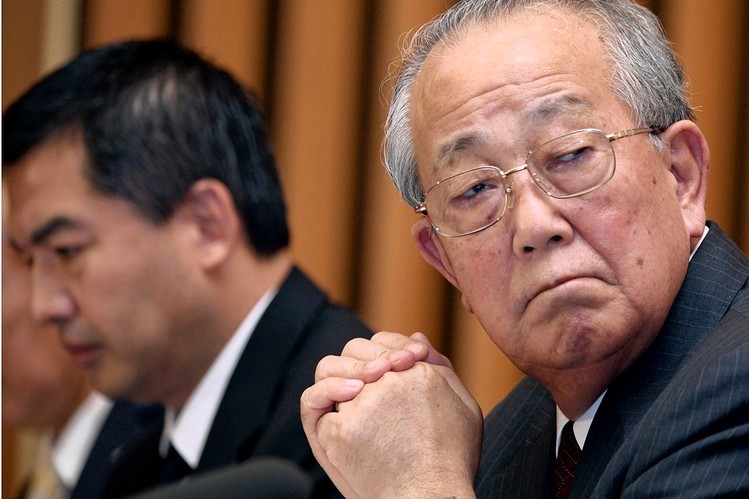
Mr Inamori, ordained a monk in 1997.
Former Etic committee chairman Hideo Seto explained why: “The airline had been running on a semi-government style of management, despite minor changes made. So the leader had to come up with something to break that mould.
“We required a different kind of leader … who could instil a new set of values – someone who had the power and would augur well for the people on the ground.”
Mr Inamori, ordained a monk in 1997, may not have been a conventional choice, but he had a reputation for challenging common business practices and putting people before profit, a philosophy the billionaire demonstrated by taking no salary at JAL.
"The fact that I worked for no salary influenced the staff," he told South China Morning Post some years later. "They could see that I was desperate to rebuild the company, even though I had no links to JAL previously."
His “first and foremost” priority, according to Mr Seto, was the employees’ welfare, and “this is Mr Inamori's management philosophy – the idea is the employees do their best, and as a result they contribute to society”.
“He also had confidence, and the most important thing was that he was very thorough with figures. That's one of the reasons that the company could change so fast. So it was a matter of brains and commitment,” he added.
THE AMOEBA EFFECT
To overcome JAL’s problems, Mr Inamori used the Amoeba management system he had devised in Kyocera.
Instead of top-down decisions always being taken, the airline’s workforce was divided into small units, each with a leader given a degree of freedom that flew in the face of Japanese tradition.
SMU assistant professor of strategic management Terence Fan, who has traced the JAL board’s attempts to save the company, noted the level of trust in the rank and file the Amoeba system entailed.
“It tasks each employee group or each individual employee with thinking about how his or her actions relate to the company's bottom line,” he said.
People had taken for granted lifelong employment and a little bit of the fact that they were just serving their bosses. And there was a lot of inertia.
"If the company isn’t making profits, the employees can't be too happy – I think that's one of the bottom lines he was able to instil," he added.
Mr Inamori scrutinised each department’s figures and the movement of the figures each month, said Mr Seto, adding: “If there were no improvements, he’d ask why.”
There was to be no more passing the buck or hiding poor performance within a rigid hierarchy, with customer service and safety remaining the airline’s top priorities while costs were cut.
For the fiscal year 2011/12, JAL was recognised as the world’s most profitable airline. Its profit of ¥186.6 billion seemed “a miracle”, said Mr Seto, given that “we aimed for and expected a profit of ¥60 billion”.
The final proof that Mr Inamori had turned things around came when JAL’s initial public offering in September 2012 raised ¥663 billion as it relisted on the Tokyo Stock Exchange – the second-largest IPO worldwide that year after Facebook’s.
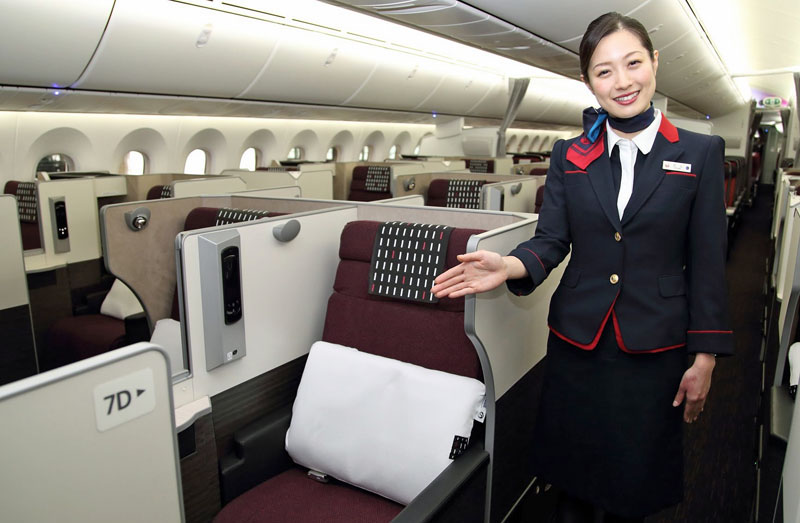
The company has since acquired new aircraft – namely the more fuel-efficient Boeing 787 series – and has offered its customers more routes, including to North America, the Middle East,…
It will not be clear skies for JAL anytime soon, however, as it faces the challenge from low-cost carriers, which are now opening up medium- and long-distance flights.
“We can’t afford to be an airline just for the Japanese people; everyone should use it … We can’t let the seats be empty,” said Mr Seto.
“This doesn’t concern only airlines; it’s a general tourism issue. In that sense, the future will be tough.”
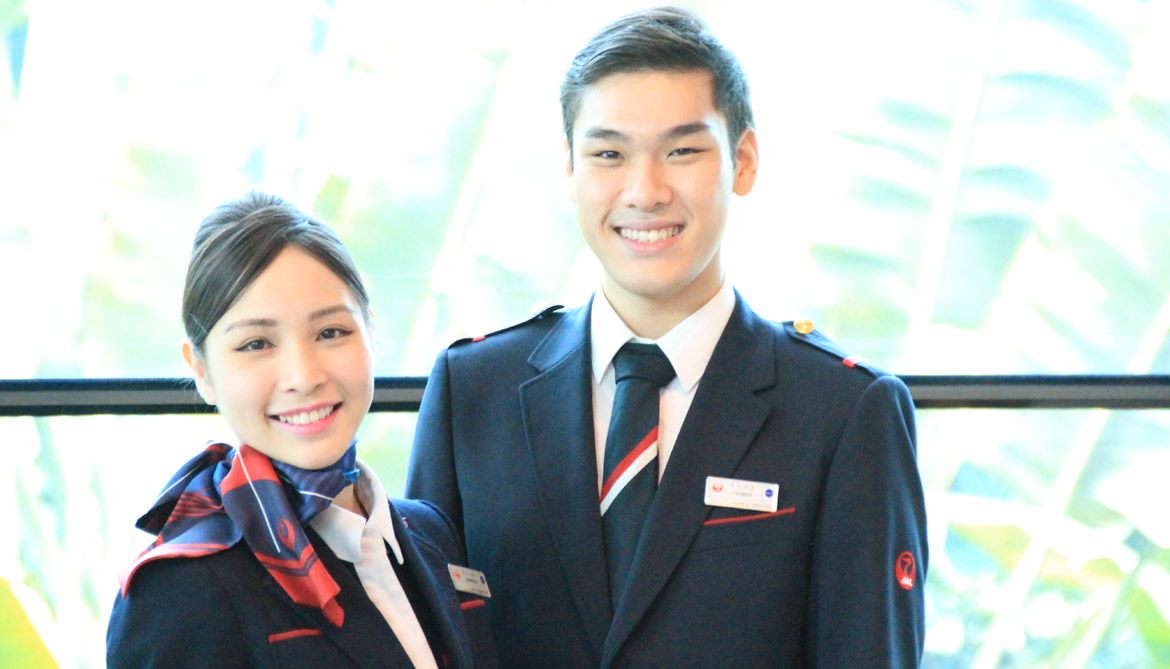 JAL's cabin crew.
JAL's cabin crew.
The Tokyo 2020 Summer Olympics will give JAL an opportunity to boost revenues. And ahead of a global audience flying in to support their athletes, the company is set to launch a new international budget airline.
With its workforce reorganised and its finances settled, Mr Inamori stepped down from the JAL board in 2013 and became an honorary adviser in 2015.
And with an operating profit of ¥167 billion forecast for this year, Mr Seto believes the airline is now “stable”, even if the future is uncertain.
“If the executives don’t forget (the financial crisis of) 2009, and stay vigilant, I think they’re able to overcome any challenges,” he said.
Cre: Channel news Asia




